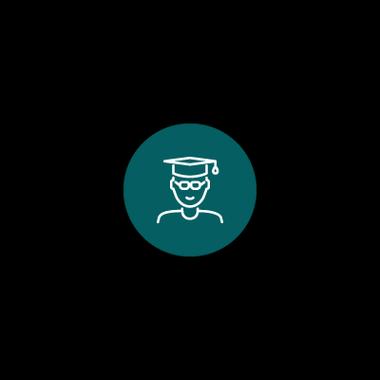Between compulsory education, vocational paths and cantonal differences, the Swiss education system may be somewhat difficult to navigate for an expat who has just arrived in the country. Here is an overview of what to expect.
It should be noted that compulsory education is available free to the public in Switzerland and 95% of children are enrolled. Private schools with similar curricula exist, but are expensive.
Compulsory education: 11 years including both primary and secondary cycles
Following harmonisation among most cantons, compulsory education spans 11 years, divided into primary and secondary cycles.
Primary cycle
The primary cycle lasts eight years and its format can vary from canton to canton. For the first two years, cantons may choose between kindergarten or pre-school.
Pre-school (or kindergarten) normally begins at age four and lasts for two years. Children then follow the six-year primary education curriculum which remains relatively general with language learning (mainly the language spoken on a daily basis and basic learning of a second national language), mathematics, history, geography and civics classes.
Secondary cycle
Once these eight years are completed, the child (generally around 12 years old) enters the compulsory three-year secondary cycle (except in Ticino where it is a four-year cycle). This step marks the change from primary to secondary school and provides the setting for more long-term learning objectives.
More commonly known in some cantons as the "orientation cycle" this school curriculum does not end with a final exam. Students are guided according to their preferences, observed skills and school reports.




